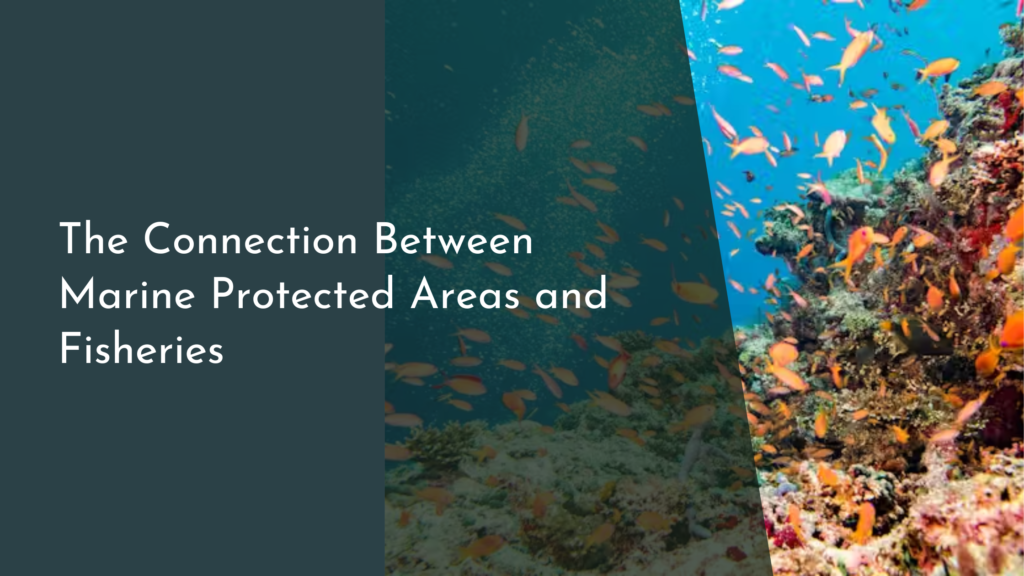Sustainable Practices in Trophy Hunting: Myth or Reality?
Trophy hunting often evokes strong emotions and polarizing opinions. While many view it as a cruel practice that threatens wildlife populations, others argue that it can play a key role in conservation efforts and sustainable practices. This article aims to explore the nuanced reality of trophy hunting, focusing on its potential for sustainability, the benefits of responsible hunting, and the success stories that demonstrate positive outcomes for wildlife and ecosystems.
Understanding Trophy Hunting: The Basics Explained
Trophy hunting involves the selective hunting of animals, where hunters aim to harvest specific species for sport rather than for sustenance. Typically, hunters pursue large, charismatic animals such as elephants, lions, or deer, often taking home specific body parts, such as antlers or skulls, as trophies. This activity has been a longstanding tradition in many cultures, with roots dating back to ancient times. While it may seem counterintuitive, proponents argue that trophy hunting can contribute to conservation efforts when managed properly.
At its core, trophy hunting operates on the principle of regulated hunting, where permits are issued, and quotas are established to ensure that populations are sustainably managed. In some cases, governments and organizations establish hunting zones that limit the number of animals that can be harvested, allowing populations to thrive. This framework aims to balance the needs of local communities, wildlife populations, and the economy, creating a complex but fascinating interplay between human activity and nature.
Evaluating Sustainability: Facts vs. Fiction in Practices
Critics of trophy hunting often argue that it endangers animal populations and disrupts ecosystems. However, research shows that when implemented with strict regulations, trophy hunting can actually promote the sustainability of certain species. By generating revenue, hunting can incentivize local communities to protect wildlife and their habitats rather than resorting to poaching or land conversion for agriculture. The financial investments from hunting can fund conservation projects, anti-poaching patrols, and community development initiatives.
Despite these potential benefits, misconceptions about trophy hunting abound. Many believe it leads to the decimation of species, but scientific studies demonstrate that regulated hunting does not contribute to population decline in well-managed areas. In fact, species like the African elephant have seen population increases in regions where trophy hunting is carefully managed. Public perception plays a significant role in the ongoing debate, as misinformation can overshadow the successes of sustainable practices in trophy hunting.
The Role of Conservation: Benefits of Responsible Hunting
Responsible trophy hunting can play a pivotal role in conservation by providing an economic incentive for habitat preservation and wildlife management. Funds generated from hunting permits often support local communities, ensuring they have a stake in the survival of the species they coexist with. This financial support can create jobs, facilitate education, and improve healthcare, thereby fostering a positive relationship between humans and wildlife. Without these economic incentives, some regions risk falling into poverty, leading to habitat destruction and loss of biodiversity.
Moreover, responsible hunting practices can help control animal populations. In instances where certain species may become overpopulated, regulated hunting can contribute to maintaining balanced ecosystems. By managing population sizes, hunting helps mitigate human-wildlife conflict, protecting both livelihoods and wildlife. This nuanced approach demonstrates how trophy hunting, when conducted ethically and responsibly, can serve as a tool for conservation rather than a threat to it.
Success Stories: Positive Impacts on Wildlife and Ecosystems
Numerous success stories illustrate the positive impacts of sustainable trophy hunting on wildlife and ecosystems. One prominent example is the case of the Namibian community conservancies, where revenue from hunting has empowered local residents to become stewards of their natural resources. The income generated has led to enhanced wildlife protection and increased populations of species like the black rhino and desert-adapted elephants. These communities exemplify how trophy hunting can directly benefit both wildlife and the people living alongside them.
Another inspiring case can be found in Tanzania, where regulated hunting zones have not only improved the population of certain species but also spurred efforts to restore degraded habitats. By integrating hunting with conservation strategies, Tanzania has seen significant increases in both biodiversity and community welfare. These success stories reveal that, while trophy hunting remains a contentious issue, it can lead to meaningful and sustainable outcomes for wildlife and local communities when done correctly.
In conclusion, the reality of trophy hunting is far more complex than its reputation suggests. While it is crucial to address the ethical concerns surrounding the practice, dismissing trophy hunting outright overlooks its potential as a tool for conservation and sustainability. Through responsible management and a focus on community benefits, trophy hunting can have a positive impact on wildlife populations and ecosystems. Ultimately, fostering a balanced perspective on this practice may lead to greater harmony between human needs and the natural world, ensuring a brighter future for both.

